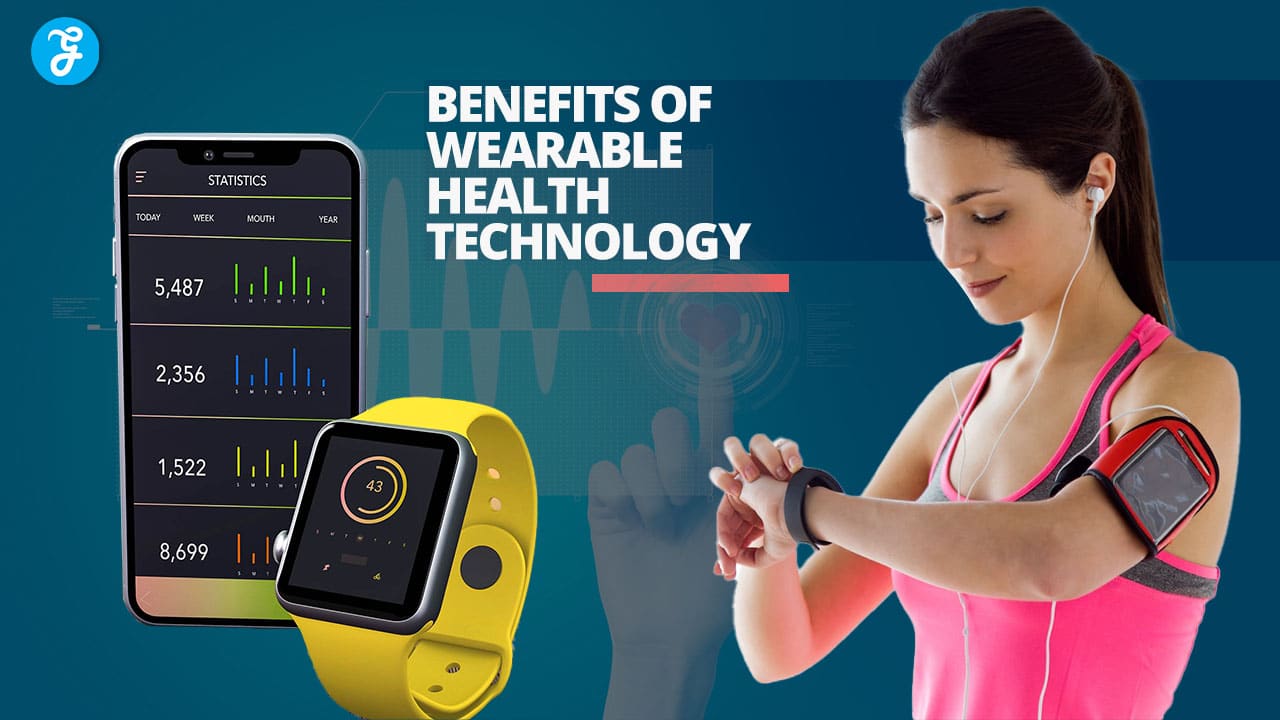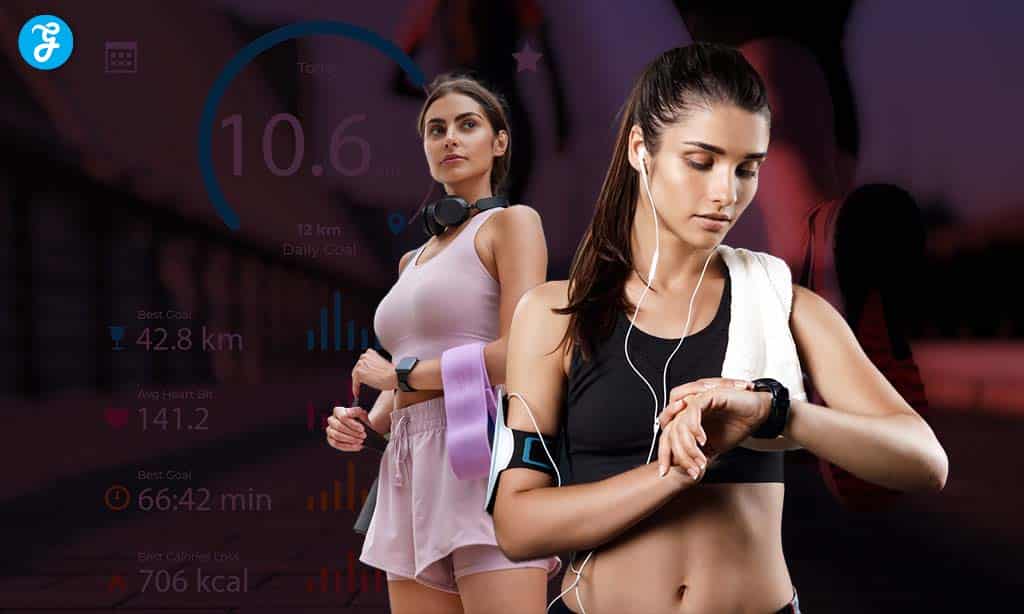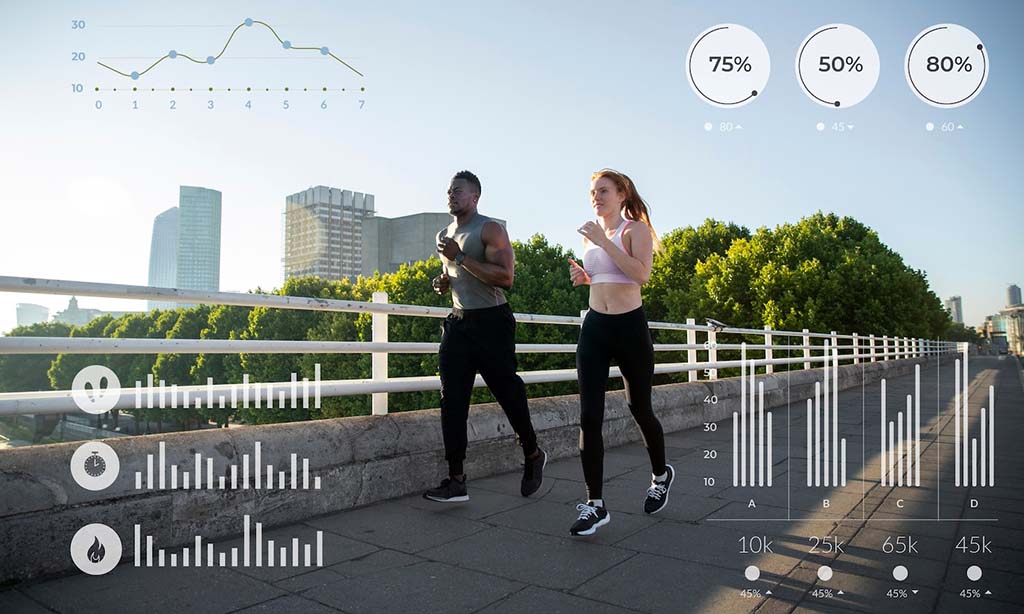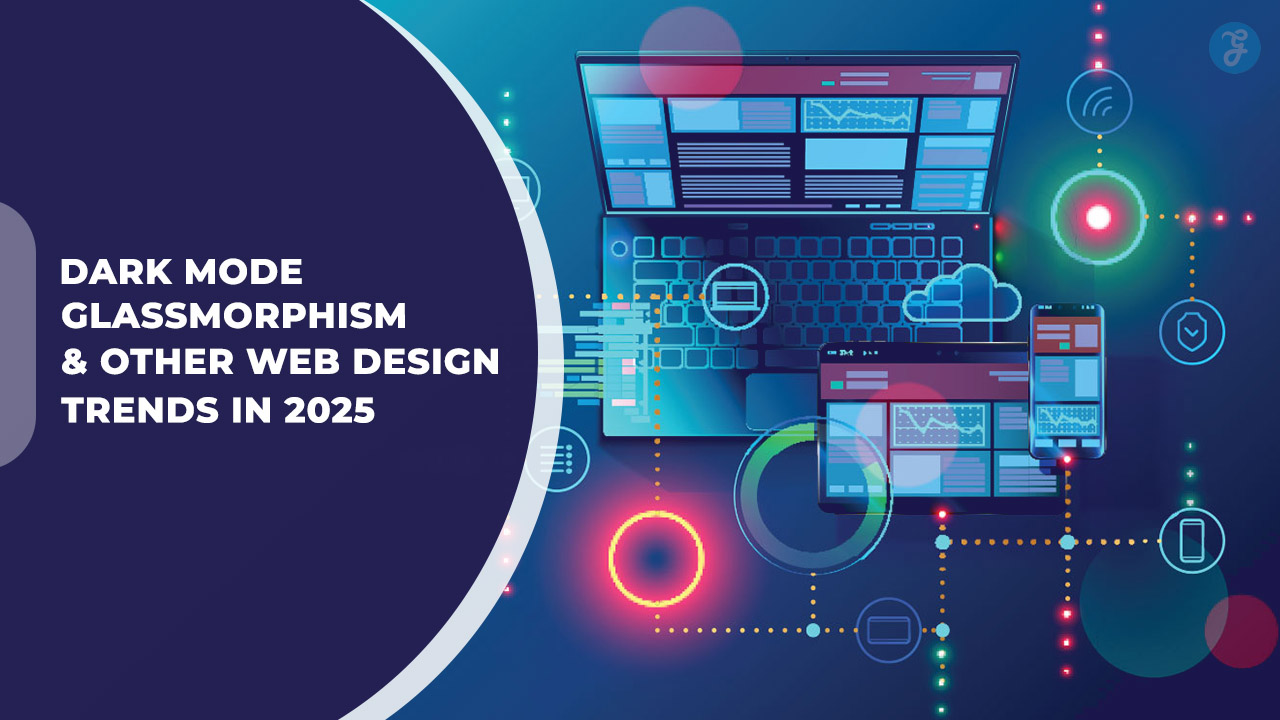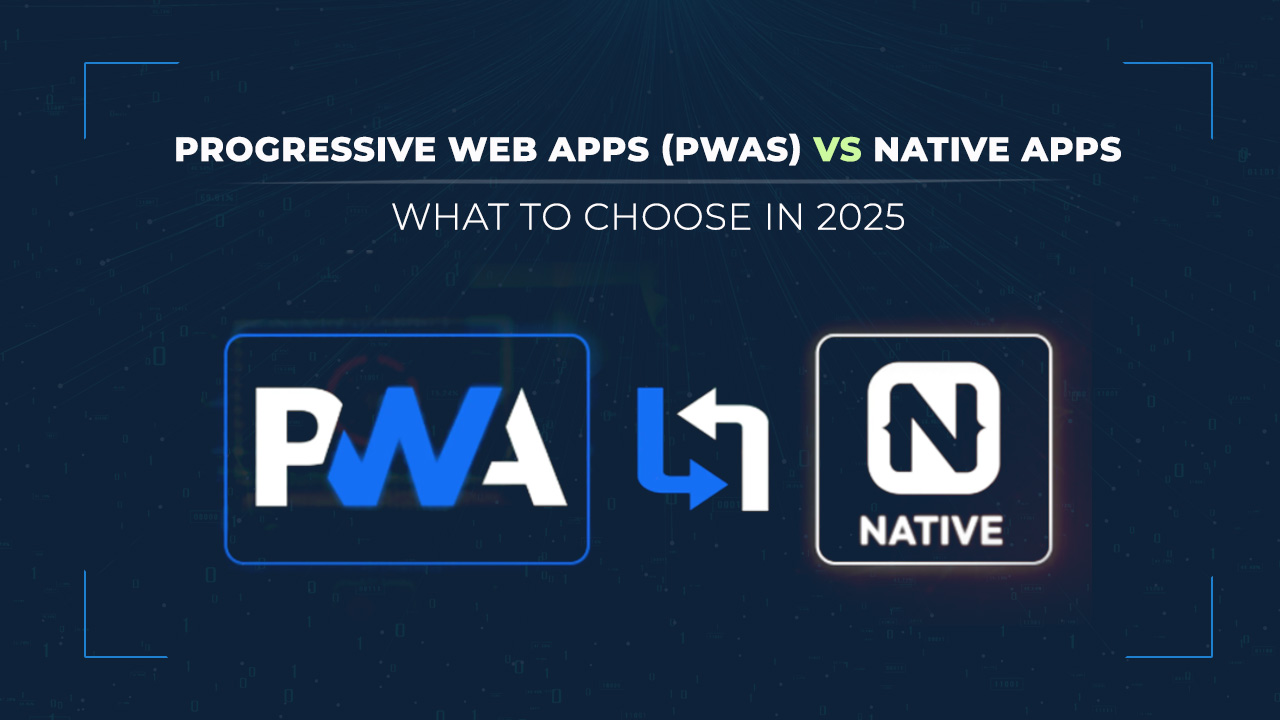In an era where technology intertwines with every aspect of our lives, wearable health devices have emerged as silent guardians of our well-being. These unassuming gadgets, from sleek smartwatches to discreet fitness bands, have sparked a revolution in personal health management. Imagine having a personal health assistant that’s with you 24/7, tirelessly monitoring your vital signs, encouraging your fitness journey, and providing insights that were once the exclusive domain of medical professionals. This isn’t a glimpse into a distant future – it’s the reality of today’s wearable health technology.
As we dive into the myriad benefits these devices offer, we’ll uncover how they’re not just changing the way we approach fitness, but are reshaping our entire relationship with health. From empowering individuals to take control of their wellness to providing doctors with unprecedented insights, wearable health tech is bridging the gap between consumer convenience and medical precision. Let’s explore 20 compelling ways these innovative devices are improving lives and transforming healthcare as we know it.
1. Real-time Health Monitoring
Wearable devices have revolutionized health monitoring by providing continuous, real-time data on various vital signs. This immediate feedback empowers users to stay informed about their body’s condition throughout the day.
- Heart rate: Continuous monitoring can detect anomalies and track fitness levels.
- Blood oxygen levels: Crucial for respiratory health, especially important during sleep.
- Body temperature: Can indicate the onset of illness or track menstrual cycles.
- Stress levels: Often measured through heart rate variability and skin conductance.
The impact of real-time monitoring extends beyond individual awareness. A study published in the Journal of Medical Internet Research found that continuous health monitoring led to a 16% increase in physical activity and a 10% reduction in resting heart rate among participants over a 6-month period.
2. Increased Physical Activity
One of the most significant benefits of wearable health tech is its ability to motivate users to be more active. These devices employ various features to encourage movement:
- Step counters: Set daily goals and track progress.
- Activity reminders: Gentle nudges to move after periods of inactivity.
- Movement goals: Customized targets based on individual fitness levels.
- Achievements and rewards: Virtual badges or points to gamify fitness.
The effectiveness of these features is backed by research. A meta-analysis published in the British Journal of Sports Medicine, examining data from over 400,000 people, found that users of wearable fitness trackers increased their daily step count by an average of 1,800 steps. This translates to approximately 40 minutes of additional walking per day – a significant boost in physical activity that can lead to improved cardiovascular health, weight management, and overall well-being.
3. Better Sleep Quality
Many wearable devices now include sophisticated sleep tracking features. These can monitor:
- Sleep duration: Total time spent sleeping.
- Sleep stages: Light, deep, and REM sleep cycles.
- Sleep disturbances: Periods of wakefulness or restlessness.
- Environmental factors: Room temperature, noise levels, and light exposure.
By providing insights into sleep patterns, users can make informed decisions to improve their sleep quality. A study in the journal Sleep Health found that individuals using sleep tracking wearables reported a 31% improvement in their perceived sleep quality after three months of use.
Better sleep is linked to numerous health benefits:
- Improved mental health and reduced risk of depression
- Enhanced cognitive function and memory consolidation
- Stronger immune system
- Better physical recovery and reduced inflammation
4. Personalized Fitness Plans
Wearable health tech can use collected data to create tailored fitness plans. These plans consider:
- User’s current fitness level: Based on activity data and physiological metrics.
- Personal goals: Whether it’s weight loss, muscle gain, or improved endurance.
- Progress over time: Adjusting plans based on performance and improvements.
- Individual preferences: Incorporating favorite activities or workout types.
This personalization helps users achieve their fitness goals more effectively and safely. A study in the International Journal of Environmental Research and Public Health found that participants using AI-driven personalized fitness plans from wearables saw a 23% greater improvement in cardiovascular fitness compared to those following generic plans.
5. Early Detection of Health Issues
Continuous monitoring of vital signs can help detect potential health problems early. For example:
- Irregular heart rhythms might indicate arrhythmias or other cardiac issues.
- Sudden changes in blood oxygen levels could signal respiratory problems or sleep apnea.
- Unusual sleep patterns might point to sleep disorders or early signs of neurological conditions.
- Significant changes in resting heart rate can indicate stress, illness, or overtraining.
The potential for early detection is significant. A large-scale study involving over 400,000 participants, published in the New England Journal of Medicine, found that Apple Watch’s irregular rhythm notification feature was able to identify atrial fibrillation in 34% of participants who received notifications, potentially preventing strokes and other serious cardiac events.
6. Improved Medication Management
Some advanced wearable devices can help users manage their medications more effectively by:
- Providing reminders for medication times: Ensuring timely intake of prescribed drugs.
- Tracking medication adherence: Recording when medications are taken.
- Monitoring the effects of medications on vital signs: Helping to identify potential side effects or interactions.
- Integrating with smart pill dispensers: Ensuring correct dosage and timing.
This feature is particularly beneficial for individuals with chronic conditions or complex medication regimens. A pilot study published in the Journal of Medical Systems found that patients using wearable-based medication management systems showed a 22% improvement in medication adherence compared to traditional methods.
7. Enhanced Dietary Tracking
Many wearable health devices integrate with apps that allow users to log their food intake. Combined with activity data, this provides a comprehensive view of calorie intake versus expenditure. Benefits include:
- More accurate calorie counting: Some devices can estimate calorie burn based on heart rate and activity level.
- Improved nutritional awareness: Tracking macro and micronutrients.
- Better weight management: Balancing energy intake and expenditure.
- Identification of food sensitivities: Correlating symptoms with specific foods.
A study in the Journal of Medical Internet Research found that consistent use of dietary tracking tech led to an average weight loss of 7.5% over six months, compared to 3.8% for traditional methods.
8. Stress Management and Mental Health Support
Wearable devices are increasingly incorporating features to support mental health and stress management:
- Stress level monitoring: Through heart rate variability and electrodermal activity.
- Guided breathing exercises: Prompts for deep breathing during high-stress periods.
- Mood tracking: Allowing users to log their emotional state and identify patterns.
- Meditation guidance: Providing guided sessions and tracking progress.
The impact of these features can be significant. A study published in the Journal of Medical Internet Research found that regular use of wearable-guided mindfulness exercises led to a 15% reduction in perceived stress levels and a 22% improvement in self-reported mental well-being over three months.
9. Improved Chronic Disease Management
For individuals with chronic conditions, wearable health technology offers unprecedented support:
- Diabetes management: Continuous glucose monitoring and insulin pump integration.
- Hypertension control: Regular blood pressure tracking and medication reminders.
- Asthma care: Monitoring environmental triggers and tracking inhaler usage.
- Heart disease management: Continuous ECG monitoring and activity level tracking.
A meta-analysis published in the Journal of the American Heart Association found that the use of wearable devices in chronic disease management led to a 27% reduction in hospital readmissions for patients with heart failure.
10. Enhanced Doctor-Patient Communication
Wearable health tech bridges the gap between clinic visits by providing doctors with a wealth of data:
- Comprehensive health reports: Sharing long-term trends in vital signs and activities.
- Remote monitoring: Allowing doctors to track patients’ conditions from afar.
- Telemedicine support: Providing real-time data during virtual consultations.
- Early warning systems: Alerting healthcare providers to concerning changes in a patient’s condition.
This improved communication can lead to more informed decision-making and personalized treatment plans. A study in the journal Digital Health found that patients sharing wearable data with their doctors reported a 34% increase in satisfaction with their care and felt more involved in their treatment decisions.
11. Improved Workplace Wellness
Many companies are incorporating wearable health tech into their employee wellness programs:
- Step challenges: Encouraging physical activity through friendly competition.
- Stress monitoring: Identifying high-stress periods and offering support.
- Ergonomic reminders: Prompting proper posture and regular breaks.
- Health incentives: Rewarding healthy behaviors tracked by wearables.
The benefits extend beyond individual health. A study published in the Journal of Occupational and Environmental Medicine found that companies implementing wearable-based wellness programs saw a 25% reduction in sick days and a 16% increase in self-reported productivity.
12. Enhanced Athletic Performance
For athletes and fitness enthusiasts, wearable tech offers advanced training insights:
- VO2 max estimation: Tracking cardiovascular fitness improvements.
- Recovery monitoring: Guiding optimal training intensity and rest periods.
- Form analysis: Some devices can analyze running gait or swimming stroke efficiency.
- Performance prediction: Using historical data to estimate race times or personal bests.
These features allow for more scientific and data-driven training approaches. A study in the International Journal of Sports Physiology and Performance found that runners using wearable tech-guided training plans improved their 10k race times by an average of 5% more than those following traditional plans.
13. Fall Detection and Emergency Response
For elderly users or those with mobility issues, some wearable devices offer crucial safety features:
- Fall detection: Automatically detecting falls and alerting emergency contacts.
- Emergency SOS: Allowing users to quickly call for help with a button press.
- Location tracking: Helping caregivers or emergency services locate the user.
- Inactivity alerts: Notifying caregivers if the device detects unusual periods of inactivity.
These features provide peace of mind and can be lifesaving. A pilot study published in the journal Gerontology found that wearable fall detection systems reduced emergency response times by an average of 30% in assisted living facilities.
14. Improved Women’s Health Tracking
Many wearable devices now offer features specifically designed for women’s health:
- Menstrual cycle tracking: Predicting periods and fertility windows.
- Pregnancy monitoring: Tracking fetal heart rate and maternal health metrics.
- Menopause symptom management: Monitoring hot flashes and sleep disturbances.
- Breast health reminders: Prompting regular self-examinations.
These features empower women to better understand and manage their health. A study in the journal Digital Health found that women using wearable cycle tracking reported feeling 40% more in control of their reproductive health and experienced a 25% reduction in stress related to family planning.
15. Support for Addiction Recovery
Wearable technology is finding applications in addiction recovery programs:
- Craving prediction: Using physiological cues to predict and alert users to potential cravings.
- Stress management: Offering coping strategies during high-risk periods.
- Sobriety tracking: Monitoring progress and celebrating milestones.
- Support network alerts: Notifying sponsors or support groups when help may be needed.
While research in this area is still emerging, early results are promising. A pilot study published in the Journal of Medical Internet Research found that participants in an alcohol recovery program using wearable support technology had a 31% higher rate of continuous sobriety over six months compared to those using traditional methods alone.
16. Enhanced Social Connections
Many wearable devices incorporate social features that can improve motivation and accountability:
- Activity sharing: Comparing progress with friends and family.
- Virtual races: Participating in global fitness events.
- Team challenges: Working together towards common fitness goals.
- Social support networks: Connecting with others who have similar health objectives.
These social aspects can significantly boost engagement. A study in the American Journal of Health Promotion found that users who participated in social features of their wearable devices were 62% more likely to stick to their fitness goals over a 12-month period compared to those who didn’t engage socially.
17. Personalized Health Insights
As wearable devices collect more data, they can provide increasingly sophisticated health insights:
- Health score calculations: Combining various metrics to give an overall health rating.
- Lifestyle recommendations: Suggesting changes based on personal data trends.
- Predictive health alerts: Warning of potential issues before they become serious.
- Genetic data integration: Some devices can incorporate genetic predispositions into their insights.
These personalized insights can lead to more proactive health management. A longitudinal study published in Nature Digital Medicine found that users receiving personalized health insights from their wearables were 28% more likely to make positive lifestyle changes and saw a 17% greater improvement in key health metrics over two years compared to a control group.
18. Enhanced Rehabilitation Support
For individuals recovering from injuries or surgeries, wearable tech can provide valuable support:
- Progress tracking: Monitoring range of motion and strength improvements.
- Exercise guidance: Providing visual aids for proper form during rehab exercises.
- Pain management: Tracking pain levels and correlating with activities.
- Adherence monitoring: Ensuring patients are following their prescribed rehab programs.
This technology can improve rehabilitation outcomes. A randomized controlled trial published in the Journal of Orthopaedic & Sports Physical Therapy found that patients using wearable tech during ACL reconstruction rehabilitation achieved full range of motion an average of 3 weeks faster than those following traditional protocols.
19. Improved Sleep Apnea Detection
Some advanced wearable devices are now capable of detecting signs of sleep apnea:
- Oxygen saturation monitoring: Tracking blood oxygen levels during sleep.
- Breathing pattern analysis: Identifying irregular breathing characteristic of apnea.
- Sleep position tracking: Correlating apnea events with sleep positions.
- Snoring detection: Recording and analyzing snoring patterns.
Early detection of sleep apnea can lead to timely intervention and improved quality of life. A validation study published in the Journal of Clinical Sleep Medicine found that wearable devices were able to detect moderate to severe sleep apnea with 90% accuracy compared to traditional polysomnography.
20. Environmental Health Monitoring
Some wearable devices are expanding their capabilities to monitor environmental factors affecting health:
- UV exposure tracking: Alerting users to excessive sun exposure.
- Air quality monitoring: Warning of high pollution levels or allergens.
- Noise level tracking: Helping users avoid damaging noise exposure.
- Temperature and humidity monitoring: Assisting in preventing heat-related illnesses.
These features help users make informed decisions about their environment. A study in the International Journal of Environmental Research and Public Health found that individuals using wearables with environmental monitoring features reduced their UV exposure by 35% and their exposure to high pollution levels by 28% over a summer season.
Takeaways
As we’ve explored the 20 benefits of wearable health technology, it’s clear that these devices are more than just fancy gadgets – they’re powerful tools reshaping our approach to health and wellness. From providing real-time health data and personalized insights to supporting chronic disease management and enhancing doctor-patient communication, wearables are bridging the gap between consumer technology and professional healthcare.
The future of wearable health tech looks even more promising. As devices become more sophisticated, incorporating AI, advanced sensors, and even molecular-level diagnostics, we can expect even greater personalization and accuracy


